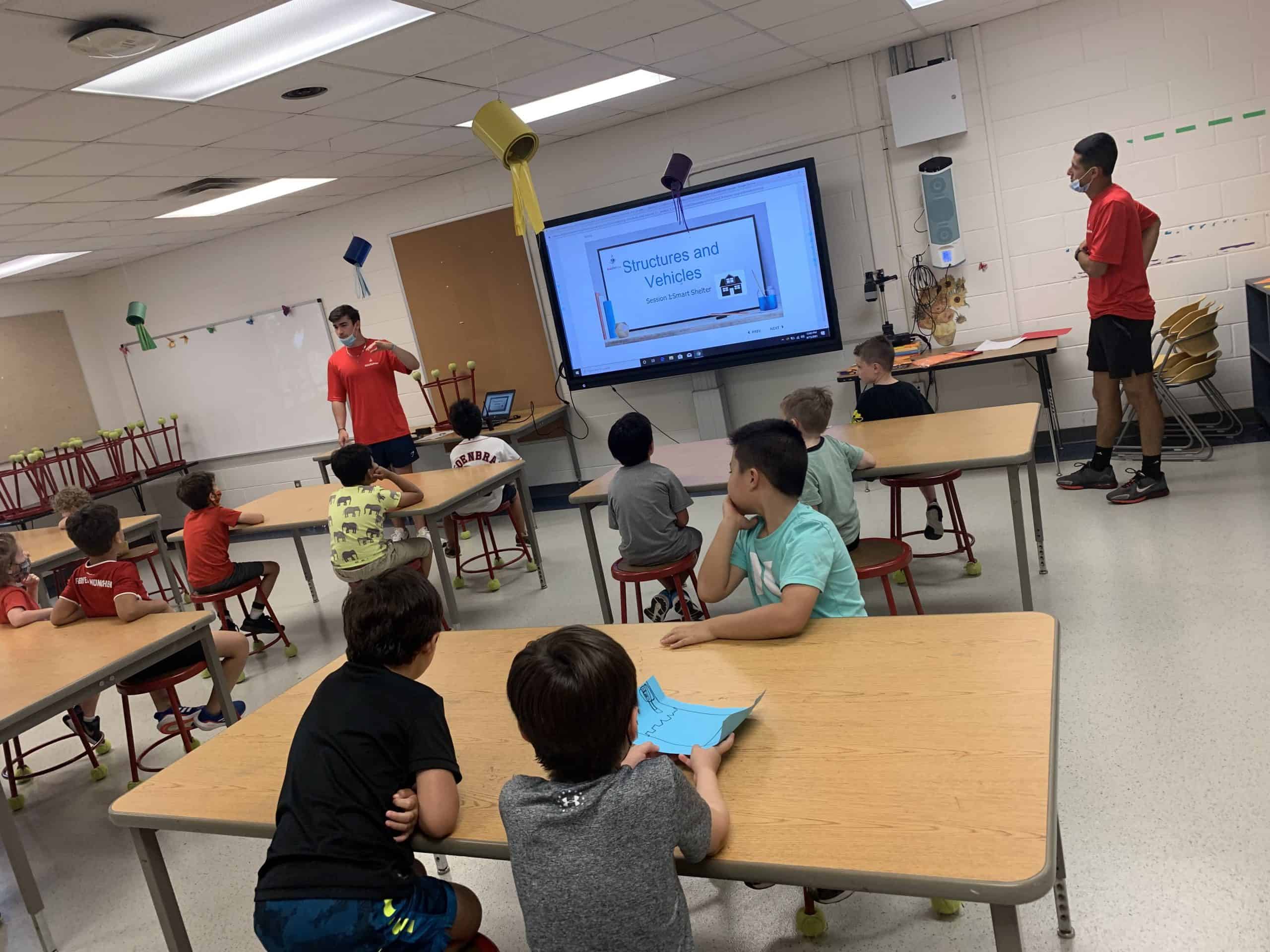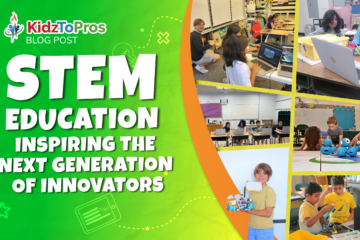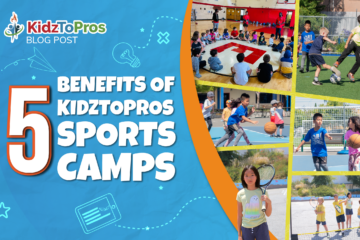Learning Online or In-Person: Which Is Best for Your Child?

Should your kids be learning online or in-person? That’s the big question for lots of parents these days. Which is the best option for your family?
Our world seems to be constantly changing. Families are relocating, working from home, looking for options both during the summer and school year. Combine these concerns with global challenges, and everyone is trying to keep up.
The last year and a half has proven that digital learning has its benefits. Online education has been helpful in keeping kids connected and engaged. Learning from home is a viable option. Still, others can’t wait to get back into a classroom.
Many schools and summer camps are providing families with safe and effective online and in-person learning models. Each version comes with charms and challenges. Let’s dive into each and explore.
The charms of virtual learning
According to Michigan State University’s Christine Greenhow, many online students perform better than those involved in face-to-face learning “when it’s done well.” What does that look like?
- More students can attend online sessions and that opens up learning to a more broad and diverse audience.
- Learning from home is convenient. For example, virtual classes allow families much-needed flexibility for different schedules and circumstances.
- Some studies show that distance learning can lead to higher exam scores. Many students are earning higher grades online than in a more traditional setting.
- Foreign language students can easily connect with peers in other countries.
- Play-based learning, known as gamification, reinforces lessons through virtual contests with instant rewards.
- Students learn at their own comfort and pace. As a result, this helps them focus where needed.
Online learning challenges
To be effective, remote teachers and instructors must be:
- Adept at technical support. Students sometimes not only need help with the subject, but the manner in which it’s delivered. This includes working with apps, laptops, phones, pads and more.
- Thoroughly prepared for all questions and outcomes. Lessons must be crystal clear in an online setting.
- Connecting with students. This is easier with breakout sessions and smaller groups when online.
- Flexible. Not all students have reliable access to technology. For example, if a student misses something during a class, teachers would be wise to offer one-on-one time via phone calls if necessary.
- Have the support of an available and reliable adult. Such an adult will be regularly available to help students log into courses. They can also help with time management issues or any technical difficulties that arise.
The charms of in-person learning
This is what we’re used to, in-person learning has worked for hundreds of years. Parents, teachers and students are comfortable in brick-and-mortar schools. Besides comfortability, here are some other reasons it works:
- Some teachers find it more natural to motivate, encourage and supervise when in front of students, face to face.
- Non-verbal cues, facial expressions and body language all help children communicate and learn. This also helps teachers see who is comprehending the lesson and who is not.
- Sports and physical activity in front of coach ensures proper form and reduces risk of injury. Games are meant to be played in person!
- People in the same room benefit from student-to-student and group learning interactions.
- Students taking art classes in the same room as their teacher benefit from immediate feedback. There is a collaboration feel to it as well that’s hard to replicate in an online atmosphere.
In-person learning challenges
There has never been an effective one-size-fits-all approach to learning, and there never will be. Every student can learn, but not every environment works for them. And that includes environments that have been around for a long time. Other challenges include:
- Students are at the mercy of where they live. Too often a child’s socio-economic background or zip code can hinder their access to quality schools and enrichment programs.
- Learning differences make full classrooms less than optimal for some students. Those who need extra help or don’t feel comfortable speaking out can fall behind.
What about the best of both?
The days of a binary learning model might very well be behind us.
Many schools, enrichment programs and other learning providers combine the benefits of both a classroom setting and online learning. They incorporate technical training with virtual support and dual enrollment models. These hybrid solutions prioritize outcomes. They also help each individual student learn in a way that works for them.
Instead of “either/or” – educators are coming up with a way to do both and more.
KidzToPros is an established provider of quality in-person and online summer camps. Our large catalog of programs in the summer and throughout the year empowers students to learn more about fun and enriching topics such as Minecraft, robotics, art, LEGO Masters, and Hip-Hop.



0 Comments